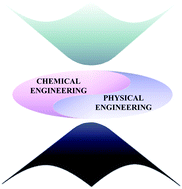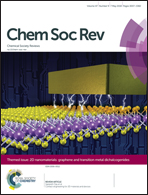Interfacial engineering in graphene bandgap
Abstract
Graphene exhibits superior mechanical strength, high thermal conductivity, strong light–matter interactions, and, in particular, exceptional electronic properties. These merits make graphene an outstanding material for numerous potential applications. However, a graphene-based high-performance transistor, which is the most appealing application, has not yet been produced, which is mainly due to the absence of an intrinsic electronic bandgap in this material. Therefore, bandgap opening in graphene is urgently needed, and great efforts have been made regarding this topic over the past decade. In this review article, we summarise recent theoretical and experimental advances in interfacial engineering to achieve bandgap opening. These developments are divided into two categories: chemical engineering and physical engineering. Chemical engineering is usually destructive to the pristine graphene lattice via chemical functionalization, the introduction of defects, doping, chemical bonds with substrates, and quantum confinement; the latter largely maintains the atomic structure of graphene intact and includes the application of an external field, interactions with substrates, physical adsorption, strain, electron many-body effects and spin–orbit coupling. Although these pioneering works have not met all the requirements for electronic applications of graphene at once, they hold great promise in this direction and may eventually lead to future applications of graphene in semiconductor electronics and beyond.

- This article is part of the themed collection: 2D nanomaterials: graphene and transition metal dichalcogenides


 Please wait while we load your content...
Please wait while we load your content...